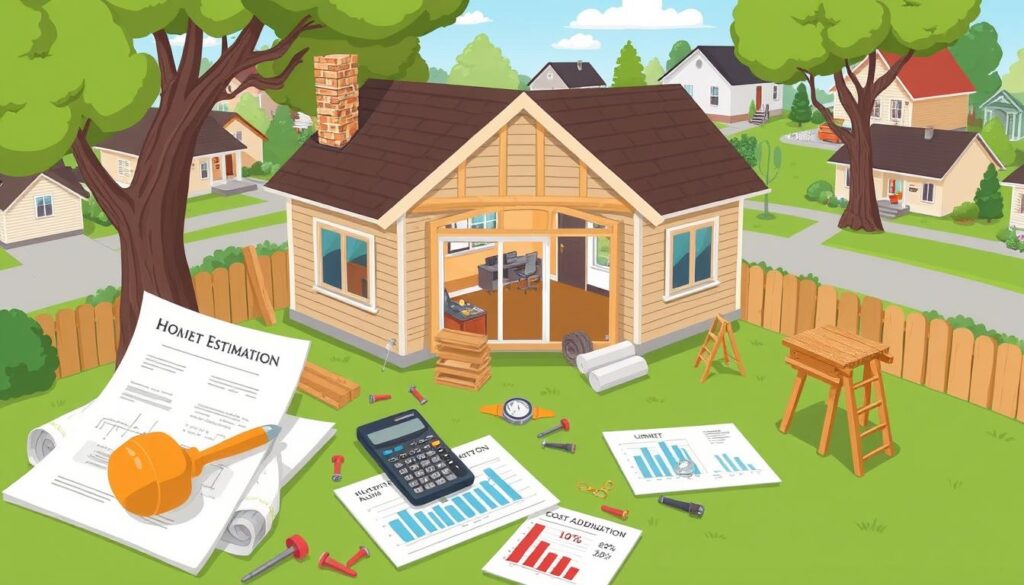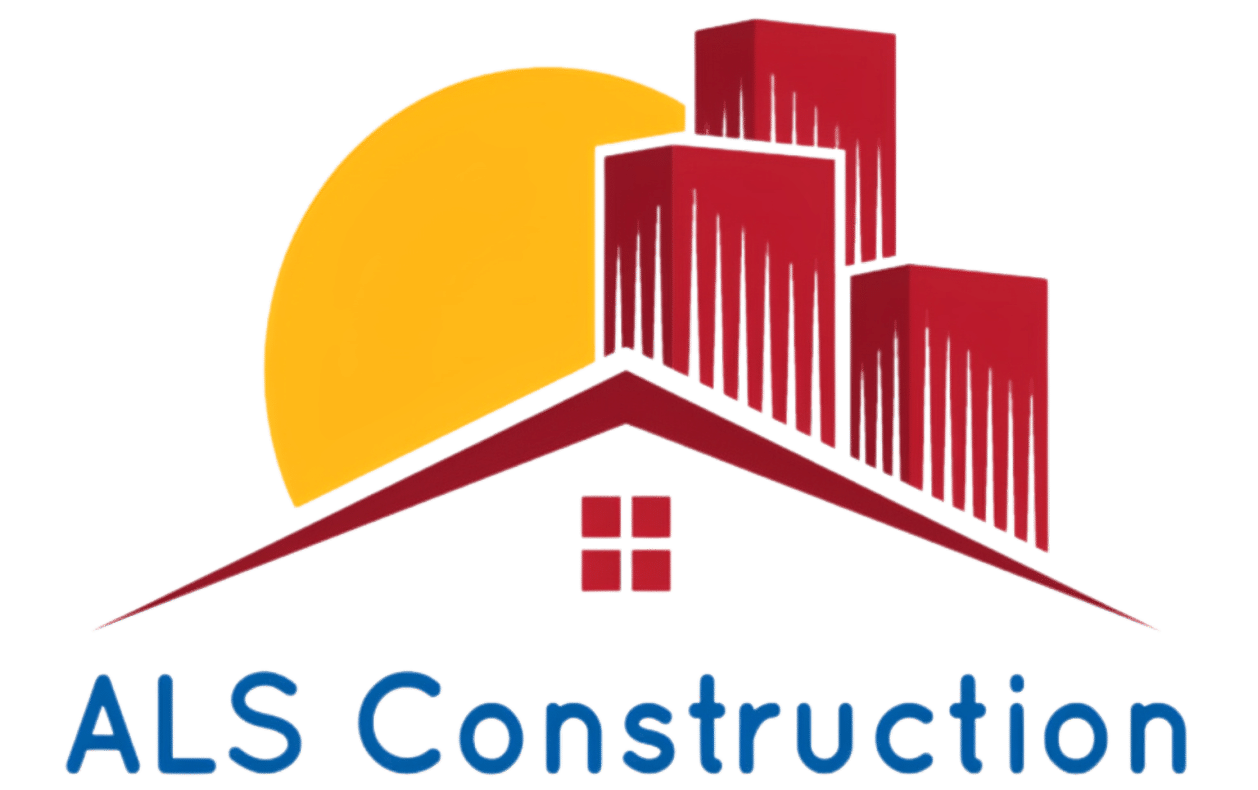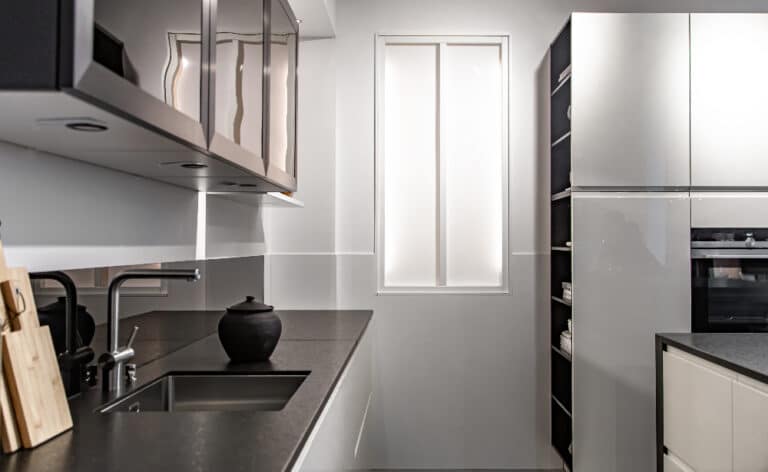Starting a home addition project is both thrilling and challenging. Knowing the cost to add a room is key to a successful renovation. This guide will help you understand the factors that affect room addition costs. You’ll get expert advice and practical tips for planning and budgeting your home expansion.
Whether you dream of a master suite, an extra bedroom, or a home office, it’s important to know the costs. This knowledge is vital for a renovation that’s both successful and affordable.

Key Takeaways
- The cost to add a room addition can vary widely depending on various factors, such as the size, location, and complexity of the project.
- Regional differences in construction costs, labor rates, and material prices can significantly impact the overall budget for a room addition.
- Careful planning and budgeting are essential to ensure your room addition project stays on track and within your financial constraints.
- Maximizing the value of your room addition by considering factors like energy efficiency and resale potential can help you get the most out of your investment.
- Consulting with experienced professionals, such as architects and contractors, can provide invaluable guidance in navigating the cost considerations of a room addition.
Understanding the Cost of a Room Addition
Figuring out the cost of a room addition is complex. It depends on the project’s size, complexity, and where you live. Knowing these factors is key to setting a good budget.
Key Factors Influencing Room Addition Costs
The size and scope of the room addition greatly affect the cost. Adding a big room, like a master suite, costs more than a small change. The materials used also play a big role, from expensive to affordable.
Labor costs are another big factor. Skilled workers, like carpenters and electricians, can increase the cost. Also, local permits and inspections add to the total cost.
Regional Variations in Construction Expenses
Where you live affects the cost of a room addition. Areas with high living costs, labor, and materials have higher costs. Places with high demand and few skilled workers also see higher costs.
Understanding these factors helps homeowners plan better. It ensures a successful and affordable room addition project.

“The key to a successful room addition project is understanding the factors that drive the costs. This knowledge can help you make informed decisions and set a realistic budget.”
Room Addition Costs: A Breakdown
Starting a home expansion project? Knowing the different costs is key for a good budget. This includes materials, labor, permits, and inspections. Let’s look at what makes up the total cost of adding a room.
Material and Labor Costs
The cost of materials and labor for a room addition can change a lot. The materials you pick, like drywall or flooring, affect the price. Also, the project’s size, complexity, and local labor rates matter too.
Here are some things to think about for material and labor costs:
- Square footage of the addition
- Type and quality of building materials
- Complexity of the design and construction
- Hourly rates for skilled tradesmen, such as electricians, plumbers, and carpenters
Permit and Inspection Fees
You’ll need permits and inspections before starting. These ensure your addition follows local building codes. The cost depends on your location, project size, and local rules.
Here are some common fees you might face:
- Building permit fees
- Electrical and plumbing permit fees
- Inspection fees for each stage of the construction process
Understanding these costs helps you plan your budget better. You can find affordable options that fit your needs and budget.

cost to add a room addition
The cost to add a room can change a lot. In the U.S., it usually costs between $80 to $400 per square foot. The average is about $200 per square foot. This price depends on the project’s size, material quality, and where you live.
The type of room you add also affects the cost. For example, a bedroom or office might cost less than a big living area or a fancy master suite. Extra plumbing, electrical work, or structural changes can also increase the price.
| Cost Factor | Estimated Range |
|---|---|
| Size of the addition | $80 to $400 per square foot |
| Type of room | $100 to $500 per square foot |
| Quality of materials | $50 to $150 per square foot |
| Regional market conditions | $150 to $300 per square foot |
Before starting your room addition, learn about the costs. This helps you plan a budget and avoid surprises. With the right information, you can add the perfect room to your home.

“The cost to add a room addition can vary significantly, but it’s essential to understand the key factors that influence the overall price tag to ensure a successful project.”
Planning and Budgeting for a Room Addition
Planning and budgeting are key for a successful home remodeling expenses and room addition planning. Start by setting a realistic budget. This should include all costs, like materials, labor, permits, and unexpected expenses. Talk to contractors, check local rates, and plan for extra money to meet your budgeting for home renovation goals.
Setting a Realistic Budget
When planning a room addition, setting a realistic budget is crucial. Start by looking up the average costs of materials, labor, and permits in your area. Think about the size of the addition, how complex it is, and any special features you want.
To make a good budget, list all expected costs. This includes:
- Construction materials (e.g., drywall, flooring, plumbing, electrical)
- Labor costs for contractors, subcontractors, and tradespeople
- Permits and inspection fees
- Unexpected or contingency costs (typically 10-20% of the total budget)
Good planning and budgeting can prevent costly surprises. This makes your room addition process smoother and more affordable.

“Proper planning and budgeting are the keys to a successful room addition project. Taking the time to create a realistic and comprehensive budget will save you from headaches down the line.”
| Expense | Average Cost |
|---|---|
| Construction Materials | $20,000 – $40,000 |
| Labor Costs | $15,000 – $30,000 |
| Permits and Fees | $1,000 – $5,000 |
| Contingency Costs | $3,600 – $15,000 |
| Total Estimated Budget | $39,600 – $90,000 |
Maximizing the Value of Your Room Addition
Adding a room to your home can greatly increase its value. By choosing smart design, energy-saving features, and practical uses, you create a space that’s both useful and attractive. Working with experts like ALS Construction & Renovation can help you find affordable ways to boost your home’s worth.
The design of your room addition is very important. It should blend well with your home’s style and layout. ALS Construction & Renovation can guide you in making choices that keep your home’s look while adding space.
Being energy-efficient is also key. Adding features like energy-saving windows, insulation, and HVAC systems can cut down on bills. It also makes your home more appealing to buyers who care about the environment. ALS Construction & Renovation can suggest the best, affordable options for saving energy.
FAQ
What factors influence the cost of a room addition?
The cost of a room addition depends on several things. These include the project’s size and complexity, the materials used, and labor costs. Also, the need for permits and inspections adds to the cost. Regional construction costs can also vary a lot.
How can I set a realistic budget for my room addition project?
To budget for your room addition, first talk to contractors about local prices for materials and labor. Look into the costs of permits and inspections. Don’t forget to add a contingency fund for surprises. Planning well helps avoid unexpected costs and ensures a successful project.
How can I maximize the value of my room addition?
To increase your room addition’s value, focus on design, energy efficiency, and function. Work with experienced contractors like ALS Construction & Renovation. They can suggest cost-effective ideas that meet your needs and appeal to future buyers. Smart planning can boost your home’s value.
What is the average cost per square foot for a room addition?
The cost of a room addition varies widely. On average, it’s between $80 to $400 per square foot, with a national average of $200. The final cost depends on the room type, material quality, and local market conditions.
How do regional variations impact the cost of a room addition?
Regional construction costs can greatly affect a room addition’s price. Labor costs, material availability, and local building codes vary by region. Knowing these differences is key to a realistic budget and a cost-effective project.




